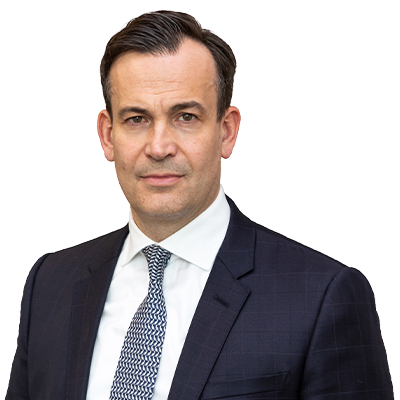From an economic point of view, geothermal energy projects are especially attractive where the plants produce both heat and electricity. Securing long-term contracts for the supply of heat to consumers is the most important factor for a project to be economically viable. Generally, either a local partner of the heating network or a bulk purchaser, such as public or municipal utilities or large industrial consumers, is required to ensure the project is financially viable and in each case, appropriate forms of cooperation with these off-takers must be agreed. Besides its technical capabilities, such local player can also grant support in dealing with potential opposition from the public.
Alternatively, it may be possible to implement a compulsory connection and use obligation (Anschluss- und Benutzungszwang) with regard to the consumer target group.; If permitted by the law of the relevant state, such concept allows the municipalities to require that all consumers in a specific area connect to and use the heating grid.
The German Renewable Energy Sources Act (EEG) offers a stable and transparent support scheme for electricity generation using geothermal resources. Under the EEG, the feed-in tariff for electricity generated by geothermal energy amounts to 25.20 cents per kilowatt hour. The tariff is paid for twenty years in addition to the year in which operation of the plant began. For projects commissioned from 2021 onwards, this amount will be reduced annually by 5 per cent, however, once the plant is operational, the applicable feed-in tariff is stable during the payment period of 20 years . Unlike wind energy and photovoltaic plants, the tariff will not be determined by auctions introduced by the new EEG 2017 but funding will continue to be effected through a fixed tariff and sales of geothermal electricity in conjunction with the market premium. In combination with the cost roll-over mechanism for the EEG surcharge, the support scheme for geothermal energy results in a cash follow risk structure very similar to a risk profile of a directly state-backed payment mechanism.
Importantly, the German regulation offers investment reliability. While there are no signs that the feed-in tariff for geothermal energy could be reduced in the near future, the past changes to the EEG for other renewable energy sources have to date always comprised grandfathering provisions as well as sufficient transition periods.
Potential investors must also consider regulations concerning mining, water and water management, construction planning and building, as well as regional development and natural conservation regulations. Relevant approvals and permissions must be applied for and regulatory inspection procedures must be passed. Due to the existence of different approval procedures with various regional authorities, investors and their advisers not only need to show comprehensive legal expertise in the entire regulatory environment (including European and antitrust matters) but also ensure the right timing and approach to the diverse regulatory decision-making processes.
The approval procedure comprises two main levels: the exploitation approval, which entitles the holder of the approval to investigate the site resources, and the mining approval, granting the right to extract the natural resource. The total time required from identifying the location to erecting the plant and grid connection is approximately five years.
Approval is usually granted for 50 years. During the operation of the plant, operational plans agreed with the relevant authority must be followed. In this respect, a rather technology-friendly licensing practice has evolved especially in southern Bavaria.
Attractive investment opportunities and successful funding
| Projects currently being planned |
| Neuried |
Baden-Wuerttemberg |
n/a |
n/a |
n/a |
| Bernried on Lake Starnberg |
Bavaria |
n/a |
n/a |
|
| Garching a.d. Alz (I) |
Bavaria |
n/a |
n/a |
|
| Starnberg |
Bavaria |
n/a |
n/a |
|
| Traunstein |
Bavaria |
n/a |
n/a |
|
| Lohmen |
Mecklenburg-Western Pomerania |
n/a |
n/a |
|
| Munster-Bispingen |
Lower Saxony |
n/a |
n/a |
|
Source: Bundesverband Geothermie, dated: November 2016



